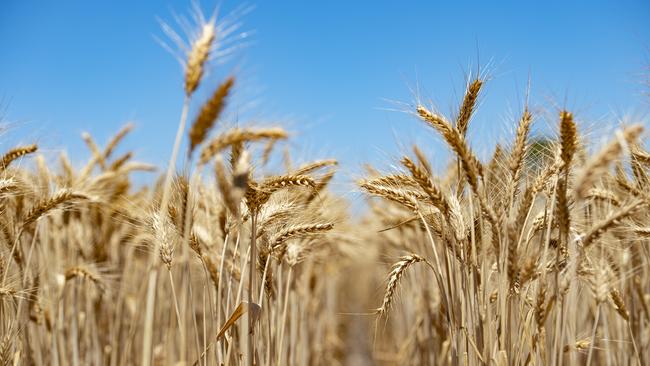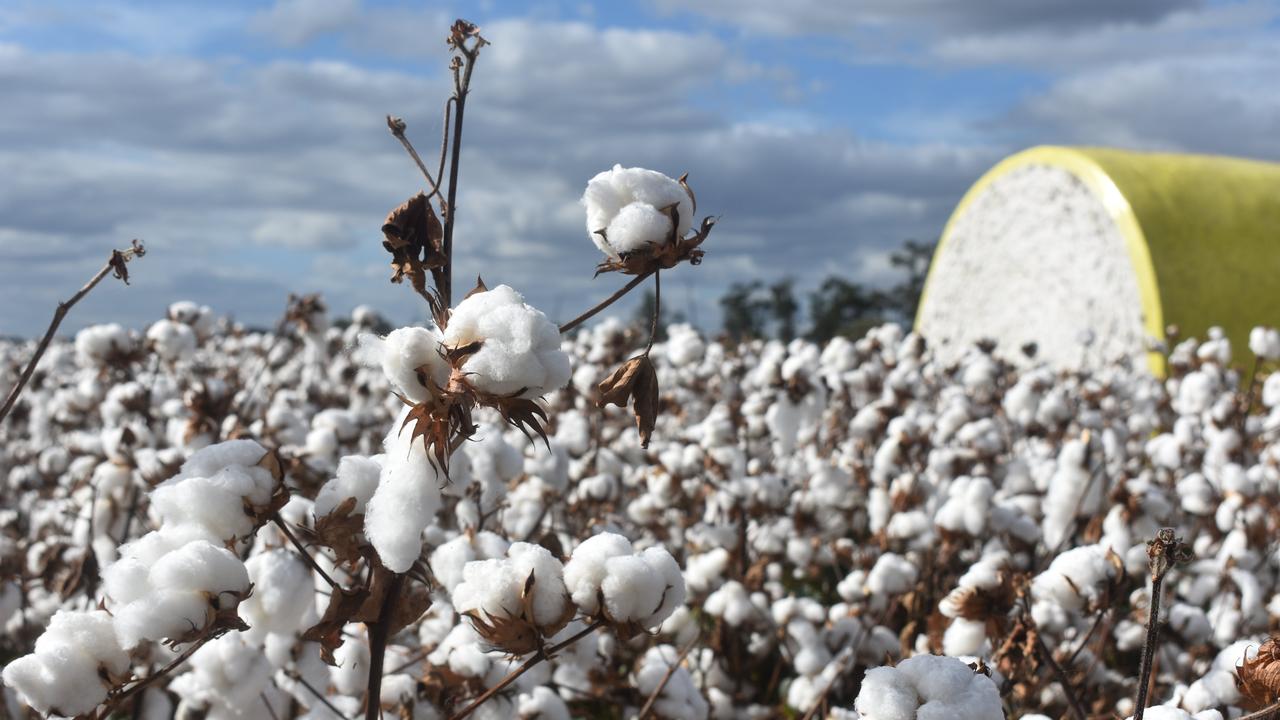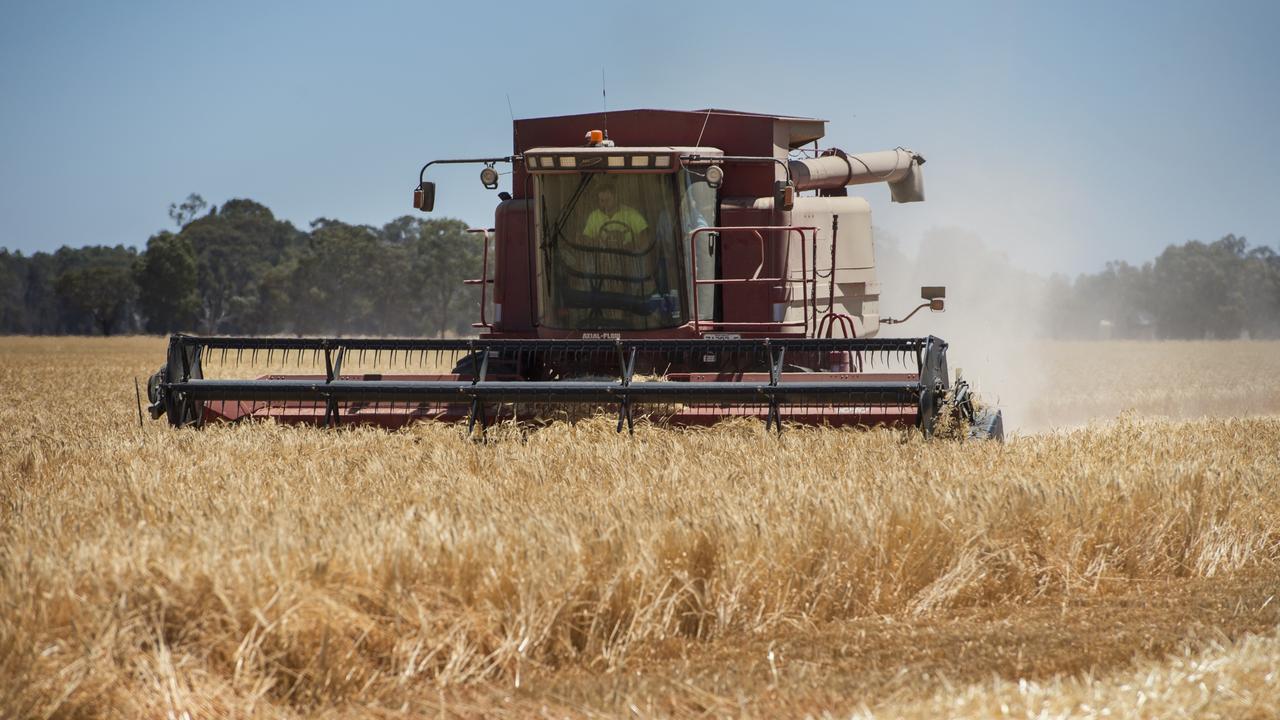Shipping capacity becoming cooling factor for winter crop
Yields and prices are historically high, but something has to give. See why grain prices have taken the biggest fall so far this harvest.

LAST week global traders were taking note of the national government forecaster’s announcement that Australia’s winter crop production estimate is 51.5 million tonnes, a level second only to the record 2016 harvest.
Over the past six weeks, cereal grain prices have been falling from week to week but have also been falling relative to competing origins of the US, EU and Black Sea. It seems that being competitive on price alone is not sufficient to get business done.
Australian grain prices are driven by traders’ capacity to match both the price and shipping program of competing origins.
The shipping capacity for bulk vessels in the first quarter of next year is already booked for the port zones of Port Kembla, Geelong, Portland and all six ports in South Australia.
This leaves exporters with the option of shipping in the second quarter of the year, a time that coincides with the start of the northern hemisphere grain harvest.
Global wheat markets have been considering the supply threats of a lack of snow cover for northern hemisphere crops and the lack of Chinese demand to sustain prices. The imposing scale of the Australian wheat and barley crops has also been a major factor for traders to consider.
Last week speculators focused on the Chinese and Australian issues.
When rumours of Chinese wheat buying failed to materialise and the Australian crop report was released, they sold, taking some of their profits from earlier trades.
Futures market fell with Black Sea easing $5.40 a tonne, Paris slipping $7.80 and Chicago falling $14.70 a tonne.
Exporter bids for wheat and barley for delivery into the key grain handling systems are down. Wheat prices fell $12 a tonne into the Geelong/Melbourne port zones, $14 in Port Kembla zone, $15 in Kwinana zone and $18 a tonne in the Port Adelaide zone.
Some relatively light rainfall was recorded in Brazil where soyabean crops have been struggling in dry conditions. Futures prices for soyabean in Chicago promptly fell $14.70 and rapeseed futures in Paris fell $3 a tonne.
Canola futures in Winnipeg bucked that falling trend as official production estimates reduced the Canadian crop to 18.7m tonnes.
A half a US cent appreciation in the value of the Australian dollar helped to pull Victorian canola prices down $7 a tonne to $596 delivered to Geelong port.
MORE
VICTORIAN GRAIN HARVEST 2020: HARVESTERS SPARK DOZENS OF CROP FIRES
WHEAT VOLUMES: CHINA HAS RAMPED UP ITS WHEAT IMPORTS THIS SEASON
CROP REPORT: ABARES EXPECTS HUGE RECOVERY FOR AUSTRALIA’S WINTER CROPS


